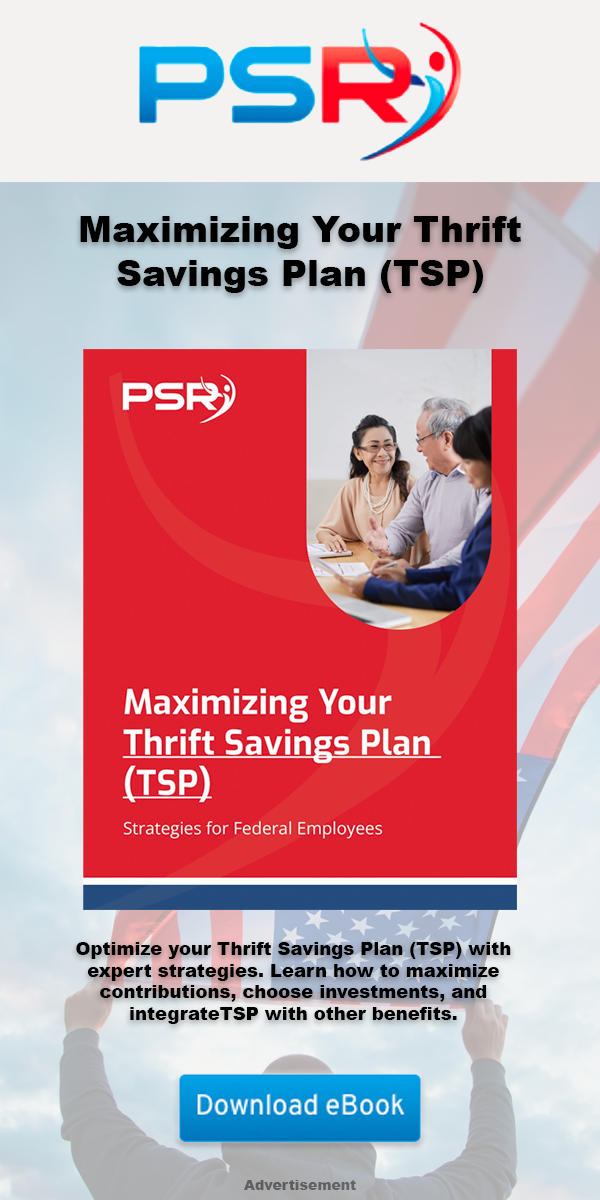Key Takeaways
-
The Civil Service Retirement System (CSRS) still serves a small but significant group of public sector retirees who need to remain aware of policy changes and legislative shifts in 2025.
-
You should pay close attention to cost-of-living adjustments (COLAs), health benefits coordination, and changes to Social Security rules, even if you were not covered under FERS.
CSRS Is Still in Effect—But It’s Rare
- Also Read: Stretching Out Your TSP Smartly Starts with This Often Ignored Option
- Also Read: Why More CSRS Employees Are Rethinking Their Withdrawal Plans in Light of Recent Laws
- Also Read: Special Retirement Groups Face New Timelines—Don’t Miss Your Critical Retirement Window
Your retirement benefits, which do not include Social Security unless you have sufficient outside work credits, continue to be calculated under the CSRS formula. This includes a higher annuity percentage than FERS, often up to 80% of your high-3 average salary.
The 2025 COLA: What You’re Getting This Year
For 2025, the cost-of-living adjustment for CSRS annuitants is 3.2%, based on the Consumer Price Index for Urban Wage Earners and Clerical Workers (CPI-W). Because CSRS retirees receive the full COLA, this percentage is applied directly to your monthly annuity, regardless of age.
-
Effective Date: The increase took effect on January 1, 2025.
-
Applicability: Applies to all CSRS retirees, not phased in like FERS.
-
Payment Impact: This means a noticeable bump in monthly income for those under CSRS, especially when compared to FERS retirees who only receive partial COLAs.
Keep in mind that future COLAs could change significantly based on inflation trends, fiscal policy, and political decisions. Monitoring economic indicators and legislative updates is a good idea throughout the year.
Social Security: What to Know If You Also Have Coverage
Although CSRS doesn’t automatically include Social Security, you may still qualify for benefits if you worked in jobs that did deduct Social Security taxes. However, your benefits may be affected by the Government Pension Offset (GPO), which remains in effect as of 2025.
-
GPO Impact: If you’re receiving a CSRS annuity and are eligible for spousal or survivor Social Security benefits, those benefits may be reduced or eliminated due to GPO.
-
WEP Repeal: The Windfall Elimination Provision (WEP) has been repealed as of January 2025. If you were previously affected, your Social Security benefits should be recalculated.
-
SSA Coordination: If you qualify for both CSRS and Social Security, it’s essential to verify your Social Security record to ensure your earnings history is correctly credited.
Medicare and CSRS: Coordination Matters in 2025
CSRS retirees are eligible for Medicare at age 65, provided they or their spouse have enough work quarters (usually 40). In 2025, you may choose to combine Medicare Part A and Part B with your federal health benefits.
-
Medicare Part B Premium: The standard premium is $185 in 2025.
-
Deductible: The annual deductible is $257.
-
CSRS and FEHB: If you keep your Federal Employees Health Benefits (FEHB) coverage, enrolling in Medicare Part B is optional but often recommended to reduce out-of-pocket costs.
-
Dual Coverage: Some FEHB plans offer incentives such as lower coinsurance or waived deductibles for retirees who enroll in Medicare Part B.
You should reassess your Medicare coordination each year during the Open Season to ensure you’re maximizing your benefits while managing costs.
Taxes on Your CSRS Annuity
Your CSRS annuity is subject to federal income tax, and possibly state income tax depending on where you live. The non-taxable portion of your annuity—your contributions—is spread out over your projected life expectancy under the IRS Simplified Method.
-
Tax Forms: You’ll receive a 1099-R each year.
-
Tax Withholding: You can adjust your federal withholding through OPM if needed.
-
State Tax: Some states exempt all or part of CSRS annuities, so you’ll need to check your local tax code.
It’s wise to review your tax situation annually or consult a professional for updates that could impact your retirement income.
Health Benefits and the Shift to PSHB (for Postal CSRS Retirees)
If you’re a CSRS retiree from the Postal Service, you are now covered under the Postal Service Health Benefits (PSHB) Program starting January 1, 2025. This is a major transition from the Federal Employees Health Benefits (FEHB) Program.
-
Enrollment Shift: If you didn’t take action during Open Season (November–December 2024), you were automatically enrolled in a comparable PSHB plan.
-
Medicare Requirement: If you’re Medicare-eligible and retired on or after January 1, 2025, you must be enrolled in Medicare Part B to keep your PSHB coverage.
-
Prescription Drug Coverage: PSHB plans now include integrated Medicare Part D coverage with a $2,000 annual out-of-pocket cap.
Understanding these changes is vital to avoid losing coverage or missing important benefits.
Survivor Benefits and Spousal Planning
Survivor benefits under CSRS allow you to provide a portion of your annuity to a spouse or other eligible beneficiary after your death. In 2025, these elections still follow the standard options:
-
Full Survivor Annuity: Reduces your monthly annuity but pays your survivor 55% of your unreduced amount.
-
Partial Survivor Annuity: Offers a smaller benefit with a lower reduction.
-
No Survivor Benefit: Requires written consent from your spouse.
If you’re married, review your election and consider whether changes are needed due to health, financial, or family changes. Updating beneficiary forms is also recommended annually.
What You Need to Monitor in 2025
Several legislative and policy changes proposed for 2025 could directly or indirectly impact your CSRS retirement. Here’s what to watch:
-
COLA Formula Changes: Proposals exist to shift COLA calculations from CPI-W to chained CPI, which typically results in lower increases.
-
Federal Benefits Restructuring: Some lawmakers are considering changing how annuities are calculated or funded.
-
Healthcare Cost Sharing: There’s a push to shift more healthcare costs to retirees through reduced government contributions.
-
Medicare Modernization: Future Medicare integration could change premium subsidies or drug benefit structures.
It’s important to stay informed through reliable updates from OPM and advocacy organizations that support retired federal employees.
Planning Ahead for Longevity and Stability
Although CSRS provides a more generous annuity than most retirement systems, inflation, healthcare costs, and policy changes mean that it’s important to periodically reevaluate your long-term financial security.
-
Reassess Annually: Review your annuity, healthcare, and tax plans every year.
-
Spousal Planning: Consider survivor benefit options in light of life expectancy and financial need.
-
Medicare Enrollment: Coordinate coverage for both yourself and your spouse if eligible.
-
Stay Connected: Join retiree associations or forums to stay updated on changes that could affect you.
You’ve earned these benefits through years of public service. Staying proactive ensures you get the most out of them for the long haul.
Staying Informed Is the Best Protection
In 2025, being a CSRS retiree means you’re part of a unique group with distinct benefits and considerations. While your annuity remains secure, factors like COLAs, Medicare coordination, survivor planning, and new legislation all require your attention.
Make it a habit to check official sources, attend webinars, and talk to professionals who specialize in public sector retirement planning. And if you need tailored advice, reach out to a licensed agent listed on this website who can help you evaluate your options with clarity.













